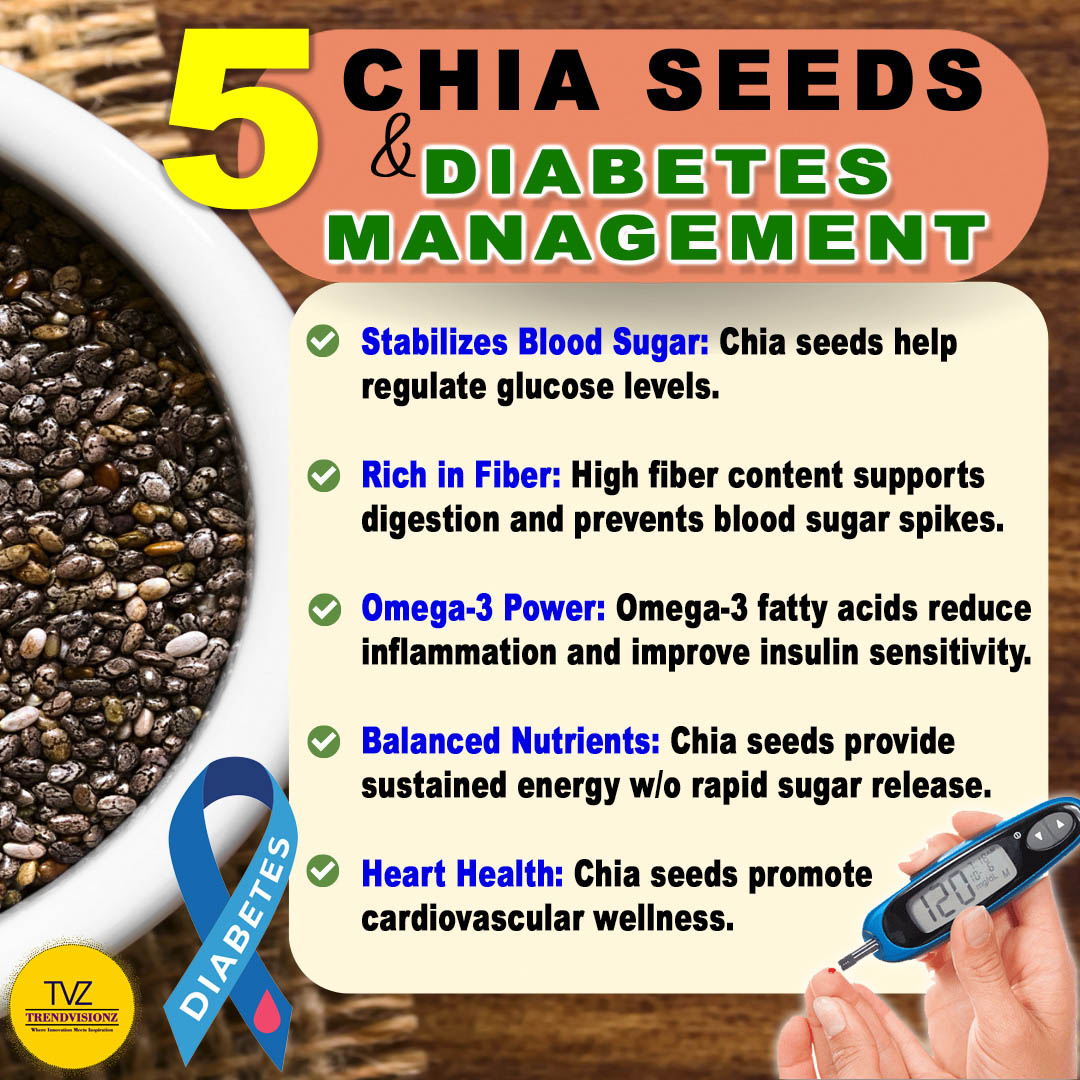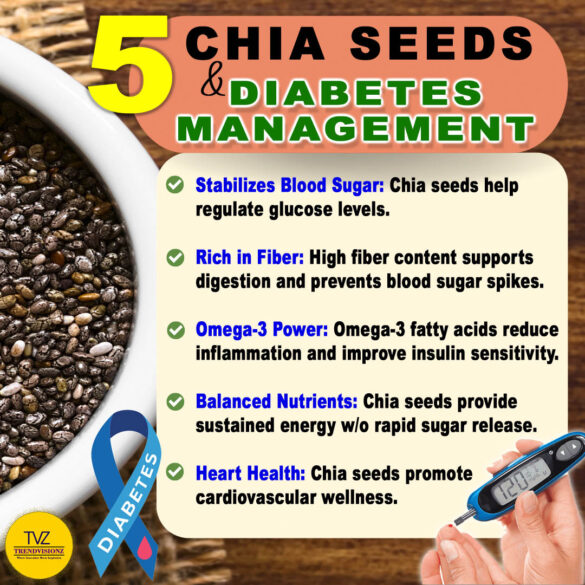Have you ever wondered about the invisible health threats lurking in our modern lifestyles? What is insulin and what causes diabetes? Insulin Resistance & Prediabetes is a growing problem affecting millions globally. Currently most of us indulge on sedentary lifestyle and unhealthy practices of eating more processed foods. As a result the body’s ability to control diabetes blood sugar levels worsens. Delving into the intricacies of insulin resistance, we aim to uncover the factors contributing what causes insulin resistance.
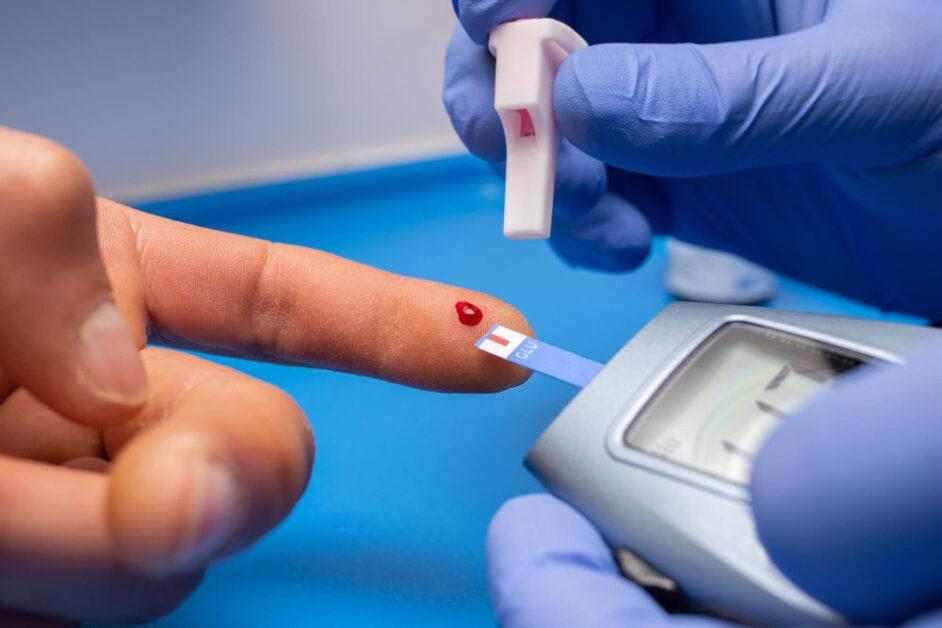
Insulin Resistance and Prediabetes will greatly affect both present and future generations. Keeping up with unhealthy habits and not taking enough steps to stop them can also perpetuate diabetes symptoms in families and groups. Let’s delve into the diverse landscape, understanding its multifaceted types of diabetes and implications for health. In our exploration of diabetes meaning, we’ll unravel the critical role of insulin and delve into the intricate concept of Insulin Resistance,. Examining both insulin levels and the insulin resistance symptoms associated with this condition. Embark on an insulin resistance diet—a transformative approach for optimal health
“The prevalence of prediabetes is increasing worldwide, and it is projected that >470 million people will have prediabetes in 2030.”
National Library of Medicine
In this article, we will delve into prediabetes symptoms, the causes of diabetes, and the dynamics of diabetes blood sugar levels. Our exploration will encompass lifestyle factors, dietary influences, and genetic considerations. Researchers find that gut bacteria have links to insulin sensitivity. The insulin resistance diet emphasizes making mindful food choices to improve insulin sensitivity.
We will also examine the latest research on the topic and discuss the most effective solutions for preventing and treating this condition. This article will provide valuable insights and information on reverse diabetes. So let’s dive in and explore preventing the development of insulin resistance and Prediabetes.
Types of Diabetes: Navigating the Diversity
As we explore the intricate landscape of diabetes definition, understanding its various types is paramount.
Diabetes symptoms manifests in various types, including Type 1 (an autoimmune condition, and Type 2, often linked to lifestyle. Gestational diabetes occurs during pregnancy. Prediabetes, a precursor, also demands specific management strategies for optimal health.
Let’s delve into Diabetes Type 1 and Type 2 which represent distinct categories. Type 1 Diabetes involving an autoimmune response against insulin-producing cells, while Type 2 Diabetes is often associated with lifestyle-related factors and insulin resistance. Gestational diabetes emerges during pregnancy, presenting unique considerations.
What is Diabetes?
Diabetes is a chronic condition characterized by elevated blood sugar levels. In Type 1, the immune system attacks insulin-producing cells, while Type 2 involves insulin resistance and inadequate insulin production.”
Common Signs and Symptoms of Diabetes
Early recognition signs and symptoms of diabetes is vital for timely management and improved health outcomes. Consultation with healthcare professionals can guide effective preventive measures. Signs and symptoms of diabetes include increased thirst, frequent urination, unexplained weight loss, fatigue, and blurred vision.
Let’s transition into empowering steps and lifestyle changes for individuals seeking to reverse diabetes symptoms and reclaim their health. Transitioning to our next exploration, we’ll unravel the nuanced differences between Prediabetes Symptoms and Insulin Resistance – shedding light on what sets them apart.
Prediabetes vs Insulin Resistance – What Sets Them Apart?
Prediabetes Symptoms and insulin resistance symptoms may sound similar, but they are distinct conditions with unique characteristics. It is important to note that not everyone with insulin resistance symptoms will develop Prediabetes symptoms
Prediabetes Symptoms: Recognizing the Warning Signs

People exhibit prediabetes symptoms when their blood sugar levels surpass normal but haven’t reached the threshold for diabetes symptoms. This intermediate stage is highly prevalent, especially in older age groups and obese individuals.
It is an early warning sign indicating an increased risk of developing type 2 diabetes. Individuals with Prediabetes symptoms have impaired glucose metabolism, making it challenging for their bodies to regulate blood sugar levels effectively.
What Causes Insulin Resistance: Cellular Resistance to Insulin
insulin resistance is a state wherein the body’s cells diminish responsiveness to insulin signaling. Insulin regulates blood sugar levels by allowing glucose to enter cells, which is used for energy. Nevertheless, in the presence of insulin resistance symptoms, cells inadequately respond to insulin signals, resulting in elevated blood sugar levels. In response, the body produces more insulin, which can eventually result in high insulin levels.
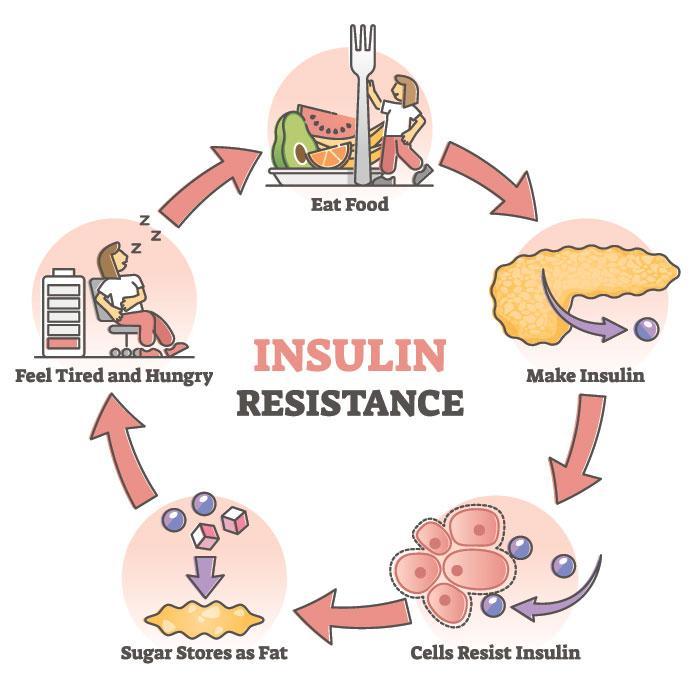
The Dynamics: Blood Sugar Level and Insulin Level Regulation
Blood sugar level and insulin level are intricately connected aspects of the body’s metabolism, and their interaction plays a crucial role in maintaining overall health.
- Blood Sugar Level:
- Definition: Blood sugar level refers to the concentration of glucose present in the bloodstream at any given time.
- Source: It primarily comes from the food we eat, especially carbohydrates.
- Regulation: Regulated by insulin, which facilitates the entry of glucose into cells for energy use.
- Significance: Maintaining a stable blood sugar level is essential for energy production and overall bodily functions.
- Insulin Level:
- Definition: Insulin is a hormone produced by the pancreas, and its primary role is to regulate blood sugar levels.
- Release: Released in response to elevated blood sugar levels, especially after meals.
- Function: Facilitates the uptake of glucose by cells, promoting energy storage and usage.
- Significance: Helps prevent hyperglycemia (high blood sugar) by promoting the storage of excess glucose in the liver and muscles.
Knowing the Difference:
- Blood sugar level is a direct measure of the amount of glucose circulating in the bloodstream at a specific moment.
- Insulin level is the amount of the hormone insulin present in the blood, and it reflects the body’s response to blood sugar levels.
Blood sugar level is the actual concentration of glucose in the blood, while insulin level represents the regulatory hormone responsible for maintaining optimal blood sugar levels by facilitating glucose uptake and storage. They work together in a dynamic balance to ensure proper energy utilization and metabolic function.
Insulin Resistance & Prediabetes: The Interconnection
While prediabetes and insulin resistance are different conditions, they are closely linked. Insulin resistance is often a precursor to prediabetes and type 2 diabetes. Individuals with insulin resistance are more likely to develop Prediabetes if lifestyle changes are not implemented. By identifying and addressing insulin resistance early, individuals can take proactive steps to prevent or delay the progression of Prediabetes and diabetes.
The Prevalence of Impaired Glucose Metabolism
Insulin resistance and Prediabetes, often referred to as “metabolic dysfunction“, are two prevalent health concerns on a global scale. According to recent data, China leads the pack, India follows closely behind, and the United States ranks third.
The International Diabetes Federation (IDF) has published trends of prediabetes prevalence in the IDF Diabetes Atlas. As per the 10th Edition of the IDF report in 2021, approximately 537 million adults (20-79 years) are living with diabetes. The total number of people living with diabetes symptomsis projected to rise to 643 million by 2030 and 783 million by 2045.
ICMR Report, Insulin Resistance, Prediabetes & Type-2 Diabetes
Insulin resistance is often a precursor to prediabetes and type 2 diabetes. As per the Indian Council of Medical Research–India Diabetes (ICMR–INDIAB) study published in the Lancet Diabetes and Endocrinology Journal published in 2023, India now faces a looming insulin resistance epidemic, with over 100 million people affected by diabetes.

According to the National Centre for Chronic Disease Prevention and Health Promotion approx. 38% of US population- 96 million U.S. adults (18 years & older) have Prediabetes.
Around 14.6% of urban Indians have impaired glucose tolerance, a precursor to type 2 diabetes.
The ICMR-INDIAB Study
Given the magnitude of the problem, it is essential to understand the factors contributing to the rise of insulin resistance in India. This knowledge will help identify those at risk and pave the way for effective prevention and remission strategies.
What is the main cause of insulin Resistance?
Insulin resistance is a complex condition with multiple contributing factors. Some of the main causes of insulin resistance globally include:
- Sedentary lifestyles: characterized by a lack of physical activity and prolonged sitting, have been linked to insulin resistance symptoms. As urbanization and modernization continue to spread across India, people are becoming more sedentary, raising the risk of insulin resistance.
- Diet: The traditional Indian food, rich in refined carbohydrates and unhealthy fats, has been associated with insulin resistance diet. The consumption of processed and fast foods, high in sugar and unhealthy fats, has also been rising, further exacerbating the problem.
- Obesity: Obesity, particularly abdominal obesity, is a significant risk factor for insulin resistance. As India faces a growing obesity epidemic, the prevalence of insulin resistance symptoms is also expected to increase. BMI (Body Mass Index) plays a significant role in understanding the causes of insulin resistance and Prediabetes. Increased Body Mass Index strains the body’s insulin-producing cells, leading to decreased insulin sensitivity and impaired glucose regulation. Monitoring BMI can help identify individuals to prevent or manage these conditions effectively.
- Genetics: Genetic factors may also play a role in developing insulin resistance. Certain genetic variants are more common among Indians, making them more susceptible to insulin resistance and type 2 diabetes.
- Stress: Chronic stress has been linked to insulin resistance, as it can lead to the release of stress hormones that interfere with insulin levels. The fast-paced, high-stress lifestyles of many urban Indians may be contributing to the rise in insulin resistance symptoms
Insulin Resistance Symptoms: Recognizing Early Indicators
Insulin resistance symptoms can be challenging to identify, as it often does not cause any noticeable changes in the early stages. However, certain signs and risk factors may suggest the presence of insulin resistance. These include:

- A history of Type 2 Diabetes in the family
- Being overweight or obese, especially if the excess weight is concentrated around the abdomen. Insulin resistance is associated with waist measurements of 40 inches or greater for men and 35 inches or greater for women.
- High blood pressure
- High cholesterol levels
- Polycystic ovary syndrome (PCOS) in women
- Diabetes Eye Disease
If you have any of these risk factors, it is essential to consult your doctor for further evaluation and testing.
Diagnosis of Insulin Resistance
The diagnosis of insulin resistance symptoms typically involves a combination of blood tests and physical examination. Your doctor may recommend the following tests to assess your sensitivity of insulin sensitivity and blood sugar levels1:
Fasting blood sugar test:
This test assesses your blood sugar levels following an overnight fast. A fasting blood sugar level between 100 and 125 mg/dL may indicate Prediabetes, while 126 mg/dL or higher may suggest type 2 diabetes.
Oral glucose tolerance test (OGTT):
During an OGTT, you will be asked to consume a sugar-containing drink, and your blood sugar levels will be measured at regular intervals over the next two hours. If your blood sugar level after 2 hours is between 140 mg/dL and 199 mg/dL, you may have prediabetes symptoms. If your blood sugar level is 200 mg/dL or higher, you may have type 2 diabetes.
Hemoglobin A1c (HbA1c) test:
The HbA1c test provides an average of your blood sugar levels over the past two to three months. An HbA1c level between 5.7% and 6.4% may indicate Prediabetes symptoms, while a 6.5% or higher level may suggest type 2 diabetes.
Insulin level test:
A blood test to measure your insulin levels can help determine if your body is producing enough insulin and responding to the hormone appropriately.
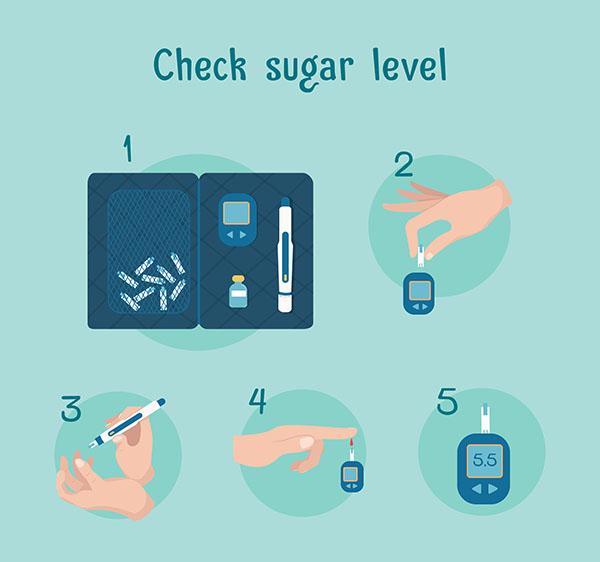
Homeostasis model assessment of insulin resistance (HOMA-IR):
This test is a mathematical calculation that uses your fasting insulin and blood sugar levels to estimate your degree of insulin resistance.
Each test uses a different measurement. Over time, high blood sugar levels can induce chronic inflammation, intense thirst or hunger, frequent urination, impaired vision, exhaustion, fatty liver and other symptoms. People with prediabetes frequently do not exhibit any symptoms.
Based on the test results, your doctor may order a second test. Consult your doctor for professional advice regarding the test interpretation
| Diagnosis | A1C | Fasting Plasma Glucose | Oral Glucose Tolerance Test* | Random Plasma Glucose Test‡ |
| Normal | below 5.7% | 99 mg/dL or below | 139 mg/dL or below | N/A |
| Prediabetes | 5.7% to 6.4% | 100 to 125 mg/dL | 140 to 199 mg/dL | N/A |
| Diabetes | 6.5% or above | 126 mg/dL or above | 200 mg/dL or above | 200 mg/dL or above |
- * 2 hours after glucose intake
- ‡ Used when there are symptoms
Can you reverse insulin resistance in Prediabetes?
The good news is that insulin resistance can be improved and even reversed through lifestyle changes and, in some cases, medication. Let’s discuss the various strategies to manage reverse / remission of insulin resistance, including lifestyle modifications and dietary recommendations.
Lifestyle Changes: Manage Insulin Resistance and Prediabetes
When managing insulin resistance and Prediabetes, making impactful lifestyle changes can be a game-changer. Individuals can take charge of their health and effectively manage these conditions by implementing key modifications.
Increase physical activity:
Exercise is typically one of the first management strategies advised for newly diagnosed patients. Cleve Clin J Med published a journal: The essential role of Exercise in managing type 2 Diabetes.
Aim for Aerobic Exercise (continuous, rhythmic movement of large muscle groups, such as walking, jogging, and cycling) at least 30 minutes per day, 3 to 7 days a week. Resistance training, such as weightlifting, can also help increase insulin sensitivity. High-intensity interval training (HIIT) is emerging as one of the fastest-growing exercise programs in recent years. Participation in supervised training programs is recommended.

Lose weight:
Losing even a modest amount of weight (5-10% of your body weight) can significantly improve insulin resistance. Focus on making sustainable, healthy diet and exercise routine changes to achieve gradual weight loss.
Manage stress:
Practice stress reduction techniques such as yoga, meditation, or deep breathing exercises to help lower stress levels and improve insulin sensitivity.
Get enough sleep:
Target to sleep at least 7-8 hours of quality sleep. Poor sleep can contribute to insulin resistance, so establishing a consistent sleep schedule and a relaxing bedtime environment can help improve insulin sensitivity.
Also Read: Optimize Your Health: 10 Steps To Stay Fit & Healthy
The Insulin Resistance Diet – Nourishing Your Way to Optimal Health
Discover the transformative power of the Insulin Resistance Diet, a tailored approach to nourishing your body and achieving optimal health. By making deliberate food choices that regulate blood sugar levels and enhance insulin sensitivity, this diet empowers individuals to combat insulin resistance symptoms and pave the way towards improved well-being and vitality.
Empower diabetes management with Chia Seeds: fiber-rich, Omega-3-packed wonders that help regulate blood sugar levels. Discover their natural support
Choose complex carbohydrates:
Replace refined carbohydrates (such as white bread, pasta, and rice) with whole grains (like brown rice, whole wheat bread, and quinoa). Complex carbohydrates are digested more slowly, helping to maintain stable blood sugar levels.
Increase fibre intake:
Consuming more fibre-rich foods, such as fruits, vegetables, whole grains, and legumes, can help improve insulin resistance
Consume healthy fats:
When preventing diabetes, your insulin-resistant diet can make a big difference. Start slowly, and adopt healthy habits. You are swapping saturated and trans fats in fried and processed foods for healthy ones. Opt for healthy fats such as avocados, nuts, seeds, and olive oil.
Limit added sugars:
Reduce added sugars in your diet by avoiding sugary beverages, desserts, and processed foods.
Moderate portion sizes:
Eating smaller, well-balanced meals daily can help prevent blood sugar spikes and promote better insulin sensitivity.
Building a Strong Defense: Strategies for Preventing Insulin Resistance
By making these changes, you can reduce your risk of developing insulin resistance and its associated complications. Early intervention is crucial, as it allows for more effective management and prevention of type 2 diabetes and other related health issues.

FAQ: Insulin resistance & Prediabetes
Conclusion
Insulin resistance and prediabetes pose a formidable global health challenge, demanding urgent attention and concerted action. Central to diabetes management is the critical aspect of maintaining optimal blood sugar levels. Comprehending the root causes of insulin resistance and implementing proactive prevention and management strategies. We can effectively combat the escalating prevalence of prediabetes symptoms and its intricate signs and symptoms of diabetes. Unraveling the intricate web of what causes diabetes propels us towards proactive prevention and effective management.
Collaboration among diverse stakeholders, including individuals, healthcare professionals, and policymakers, is paramount. Through unified efforts, we can address this pressing health concern, enhancing the well-being of millions worldwide. Education, lifestyle modifications, and early intervention form the cornerstone of our collective fight against insulin resistance and types of diabetes, promoting lasting change and improved public health. Effective lifestyle changes and a balanced diet play a key role in efforts to reverse diabetes.
Understanding what causes insulin resistance is crucial for developing effective prevention and management strategies in the pursuit of improved health and well-being. In essence, understanding the intricate web of diabetes, from its causes and symptoms to blood sugar regulation and insulin dynamics, empowers a holistic approach for sustainable health outcomes.
Our Digital Imprints:
Anuj Mahajan is a Mass Communication Specialist,
ICF Certified Coach & Corporate Trainer. Motivational Speaker / NLP Lifecoach.
Chief Operating Officer: Nuteq Entertainment Pvt Ltd, and
Co-Founder: Trendvisionz – A Premier Digital Marketing Agency in India
Get Connected to us with our Newsletters-Transforming Lives… Creating the magic. Just – Believe ~ Practice ~ PerformBizTech Chronicle… Navigating Tomorrow’s Tech Frontiers 🚀
Join my LinkedIn Group: Digital Marketing, Content Creation World Group
Follow me on Twitter or LinkedIn. Check out my website.
References
- American Diabetes Association-The Big Picture Checking Your Blood Glucose Level
- National Library of Medicine– Prediabetes: A high-risk state for developing diabetes
- Anjana RM, Pradeepa R, Deepa M, Datta M, Sudha V, Unnikrishnan R, Nath LM, Das AK, Madhu SV, Rao PV, Shukla DK, Kaur T, Ali MK, Mohan V. The Indian Council of Medical Research-India Diabetes (ICMR-INDIAB) study: methodological details. J Diabetes Sci Technol. 2011 Jul 1;5(4):906-14. doi: 10.1177/193229681100500413. PMID: 21880233; PMCID: PMC3192597.
- Insulin Resistance & Prediabetes – NIDDK
- Insulin Resistance and Diabetes | CDC
